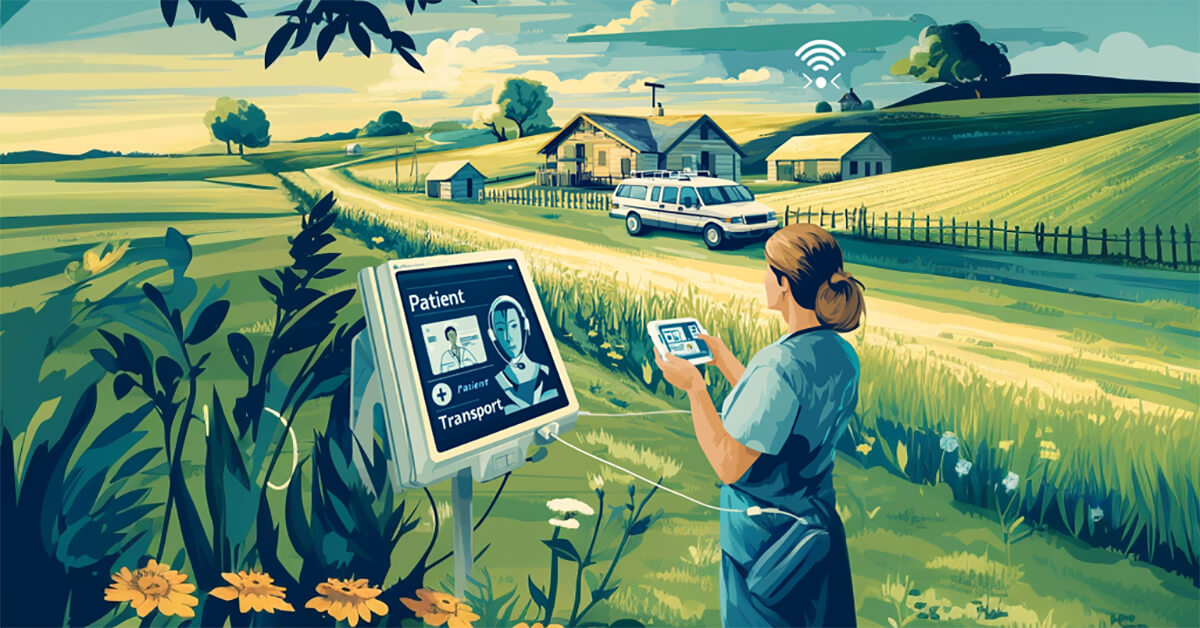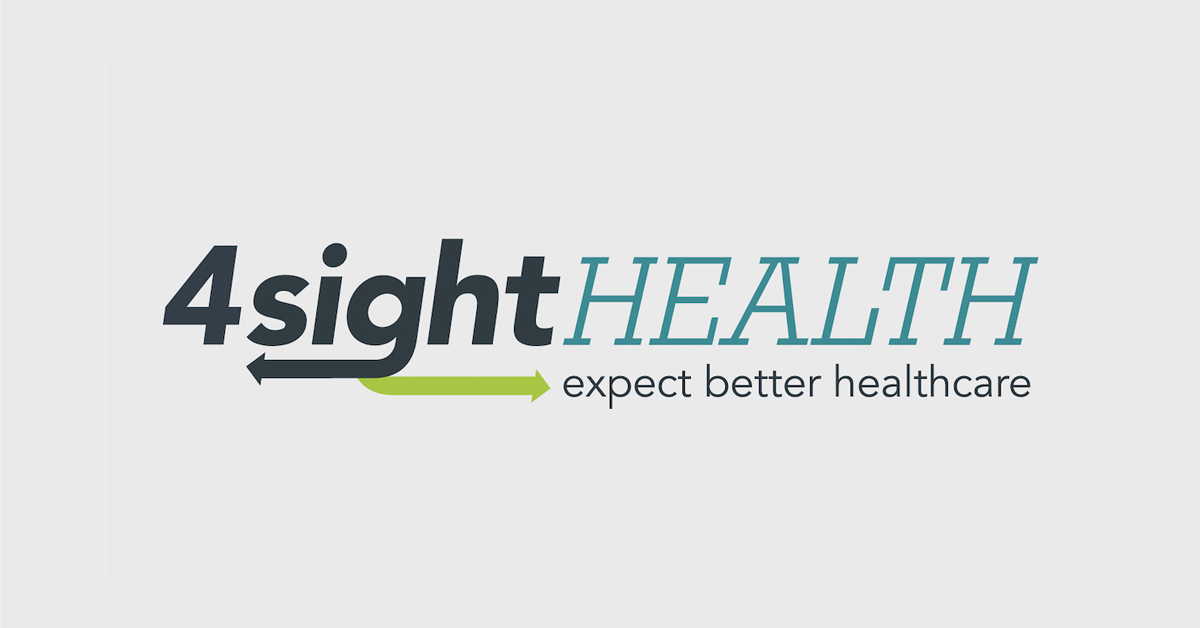April 29, 2025

Innovation Over Infrastructure: Rethinking Rural Healthcare
In rural America, one thing is clear in healthcare: Big spending equals inadequate outcomes. Traditional models, centered around maintaining underutilized hospitals, often fall short in sparsely populated areas. We need innovative approaches like home-based care, telehealth and transportation services to connect patients to the right level of care.
The warning signs have been there for years: More than 800 rural hospitals were at risk of closure due to financial instability in 2021, with too few patients to sustain them. And the situation hasn’t gotten any easier since. Preserving outdated infrastructure won’t solve rural healthcare’s access or quality problems. It’s time to reimagine how care is delivered.
Here’s some essential reading on rural healthcare and why redesigning these systems matters now more than ever.
 The Simple Reason Why Rural Hospitals Close
The Simple Reason Why Rural Hospitals Close
By David Burda
Rural hospitals keep shutting their doors, but keeping them open might not be the best answer. More.
 Who Owns Rural Medicine?
Who Owns Rural Medicine?
By David Burda
Private equity is influencing care delivery in rural healthcare. We need models that prioritize patient access and quality over profit margins. More.
 Do We Really Need More Hospital Beds?
Do We Really Need More Hospital Beds?
4sight Health Roundup Podcast
Hear from 4sight Health’s David W. Johnson and Transformation Capital’s Julie Murchinson on whether building more hospital infrastructure is truly the right investment for rural communities. Listen.
 Revenue Cycle Dystopia: Olives With No Juice
Revenue Cycle Dystopia: Olives With No Juice
By David W. Johnson
Over-reliance on tech without systemic reform wastes money and misses the real needs of rural healthcare consumers. More.
 What’s Another Two Minutes for a Knee Replacement?
What’s Another Two Minutes for a Knee Replacement?
By David Burda
Smart delivery models should meet patients where they are, rather than forcing them into broken systems. More.
 Pay as You Portal
Pay as You Portal
By David Burda
Digital portals can put more control in the hands of patients, especially when they live in rural settings, but some systems are shifting the financial burden to consumers. More.





